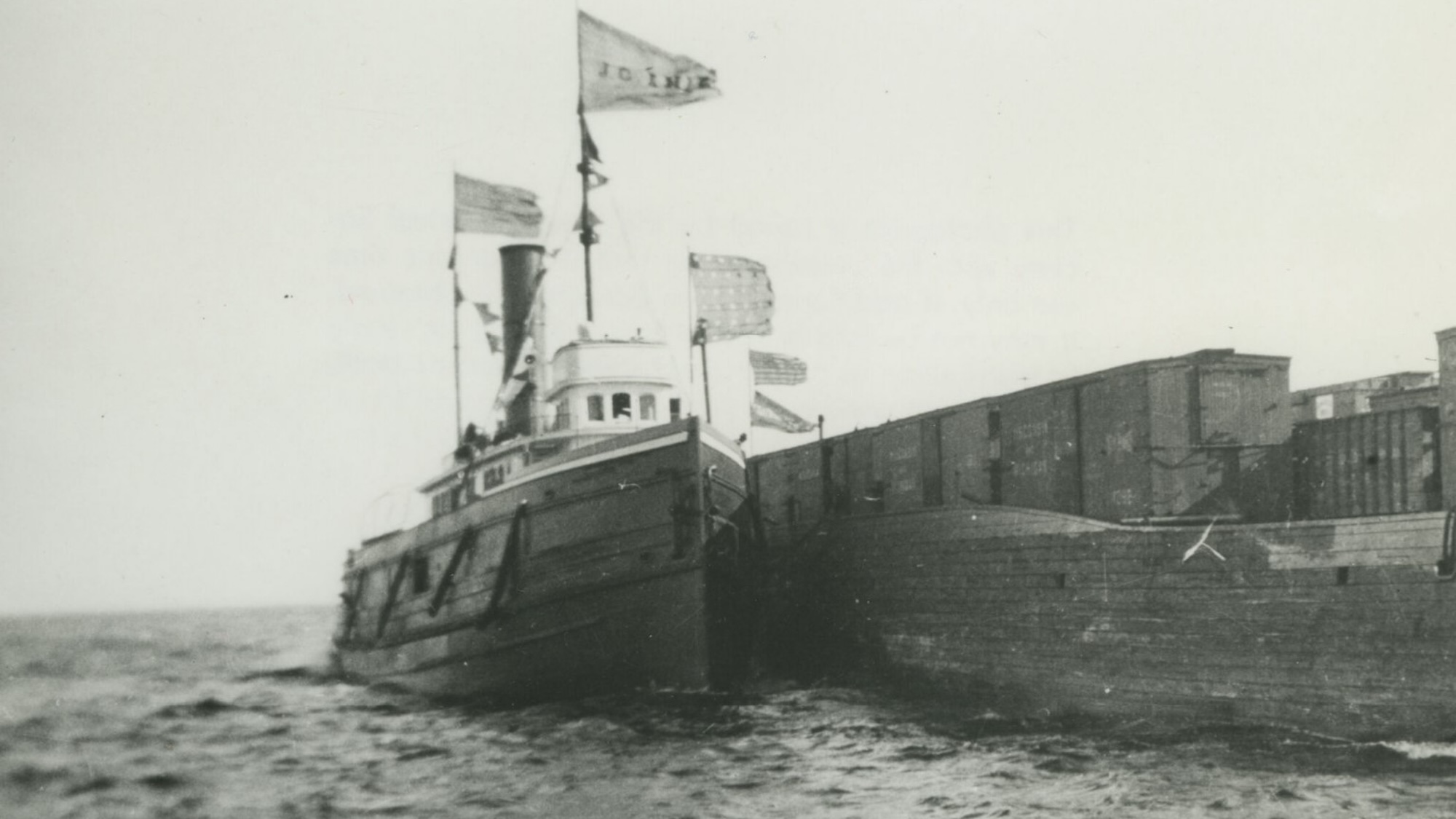Now Reading: Fisherman Unearths Century-Old Shipwreck in Great Lakes
-
01
Fisherman Unearths Century-Old Shipwreck in Great Lakes
Fisherman Unearths Century-Old Shipwreck in Great Lakes

Quick Summary
- The remains of the tugboat J.C. Ames have been discovered in shallow waters near Manitowoc, Lake Michigan, Wisconsin.
- the discovery was made by Christopher Thuss, using sonar while angler fishing.
- Built in 1881 for $50,000, the J.C. Ames (formerly named J.C. Perrett) was one of the largest and most powerful tugboats on the Great Lakes at its time; it originally hauled lumber and railroad barges between Wisconsin and Chicago.
- After over four decades of service, it was retired in 1923 when its valuable parts were removed before being ceremonially scuttled and set on fire-a common custom for decommissioned vessels than.
- Rediscovered after 102 years buried under sand, parts of the wooden hull are now visible due to shifting lake currents.
- Portions are covered with invasive quagga mussels, a mollusk species that poses ecological harm by damaging submerged structures like wrecks over time.
- Thuss’s step-grandmother “Shipwreck Suzze” Johnson has a history as a notable shipwreck finder in Lake Michigan.
!Black and white image of large tugboat
Indian Opinion Analysis
The rediscovery of the J.C. Ames underscores how natural forces consistently alter underwater landscapes over decades or centuries. For India-with a coastline stretching over 7,500 km-similar breakthroughs in maritime archaeology could offer insights into colonial trade routes or ancient civilizations’ interaction with seas around Southeast Asia.
This event also highlights how invasive species like quagga mussels can severely threaten historic underwater artifacts-an ecological concern shared globally as India also battles marine issues like coral reef degradation caused by pollution and warming oceans.
From a broader historical viewpoint, preserving important finds such as these helps contextualize regional industrial progress during critical periods (e.g., timber transportation facilitated through waterways). It invites reflection on enduring practices when managing both natural resources exploited historically and related environmental consequences today.
























